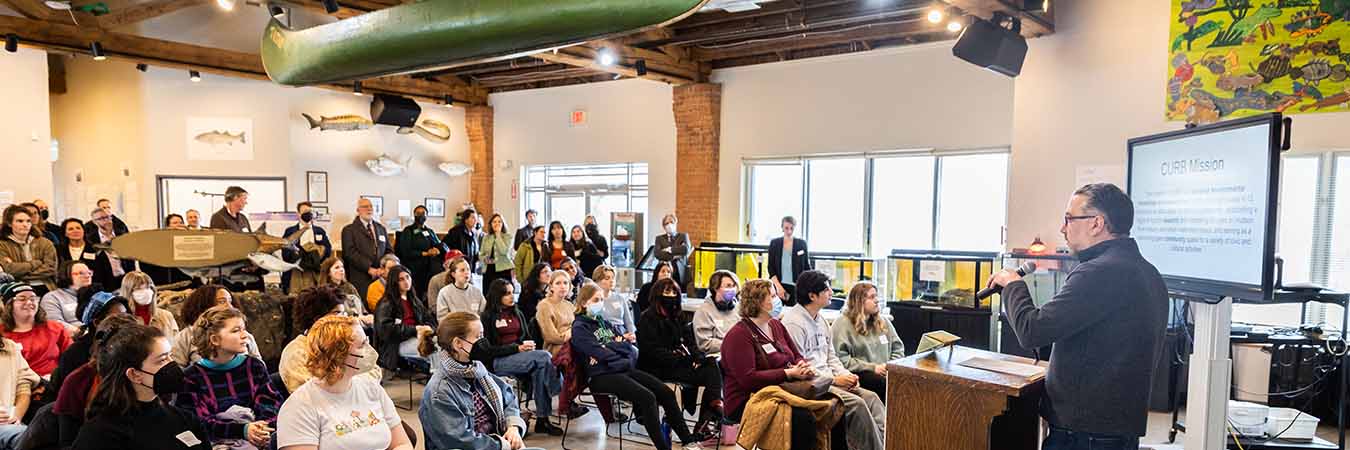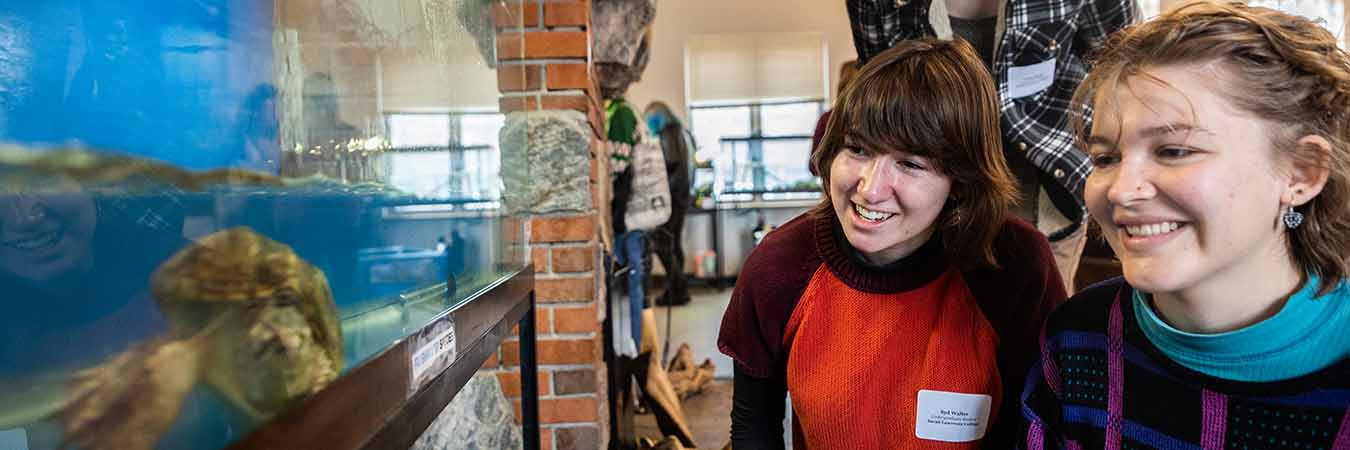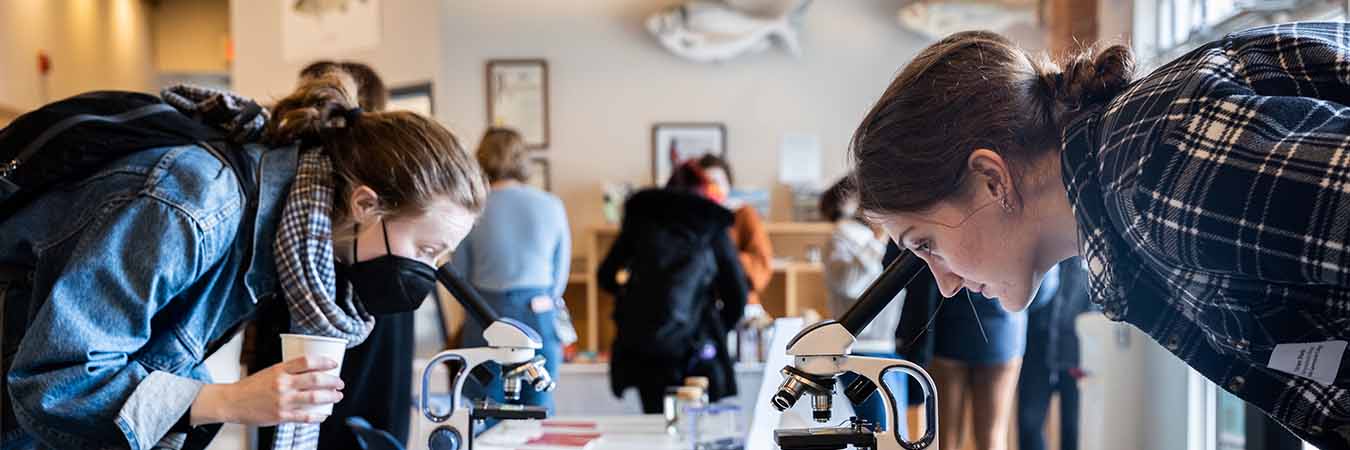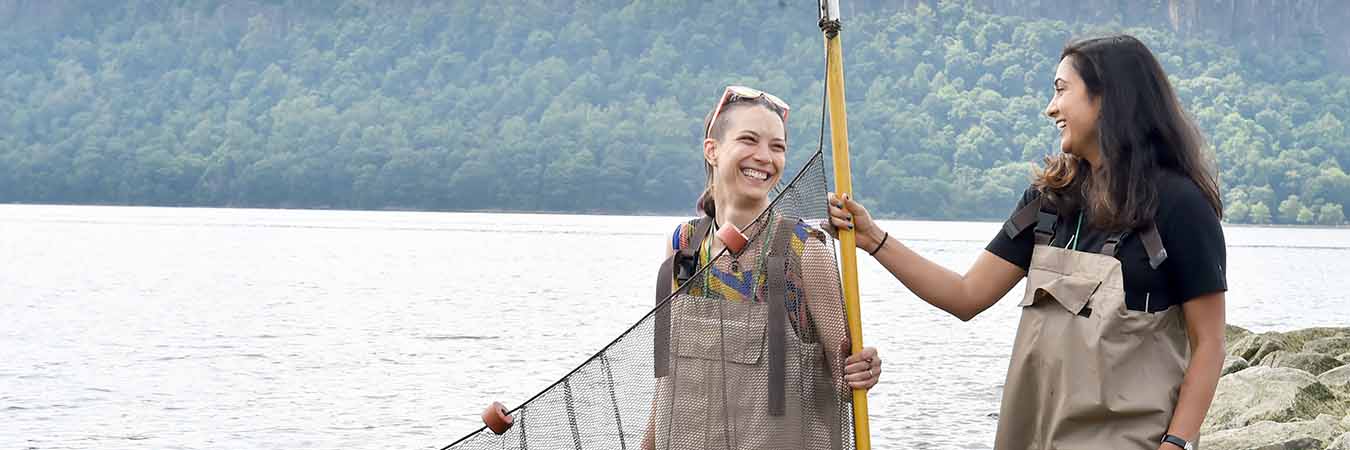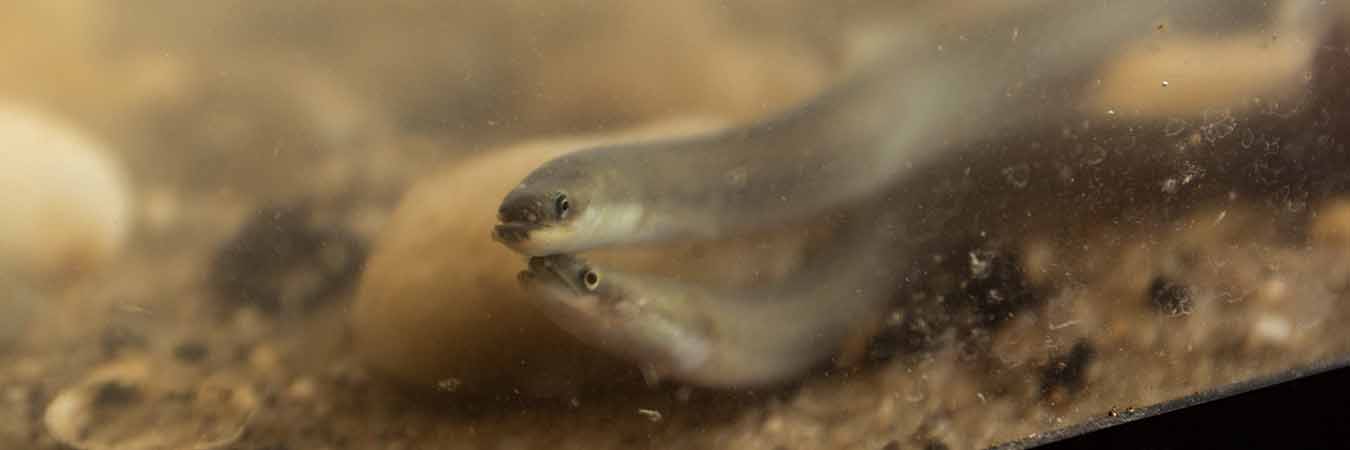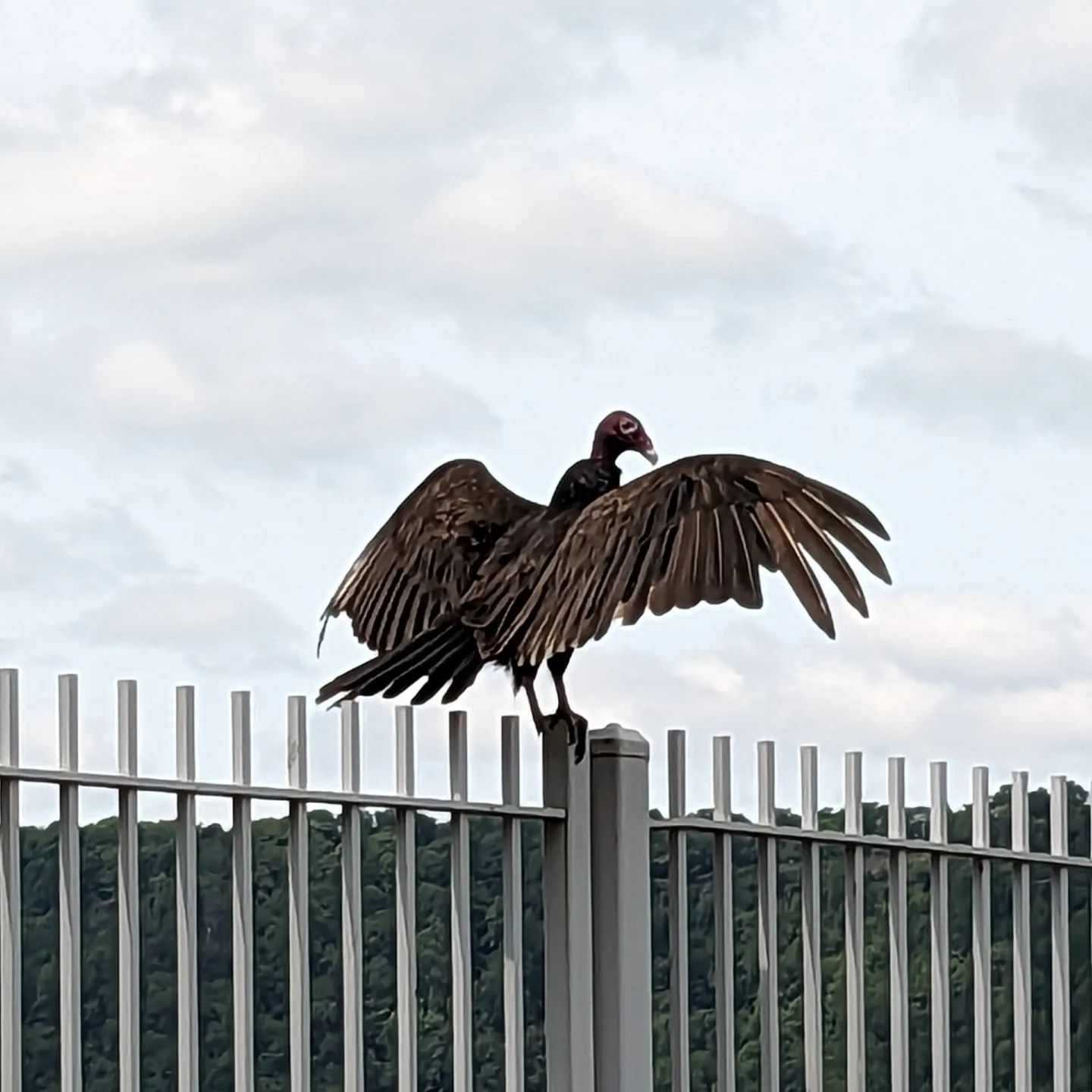During today's volunteer park cleanup we came across this turkey vulture perched along the waterfront. What an exciting find! #hudsonriver #vulture #birds #nature
The Center and Sarah Lawrence College
Launched June 2013, the Center for the Urban River at Beczak (CURB) is an alliance of Sarah Lawrence College and the Beczak Environmental Education Center. The mission of CURB is to advance environmental knowledge and stewardship by providing high quality K-12 environmental education for the local community, establishing a regional hub for research and monitoring focused on Hudson River estuary and urban watershed issues, and serving as a welcoming open community space for a variety of civic and cultural activities.
CURB carries on the mission of the Beczak Environmental Education Center, a well-loved river exploration and interpretative center that has been offering programs for adults and children for over twenty years. Its name honors Joe Beczak, one of the Hudson River enthusiasts who taught children about the Hudson in the 1970s.Instagram slccurb
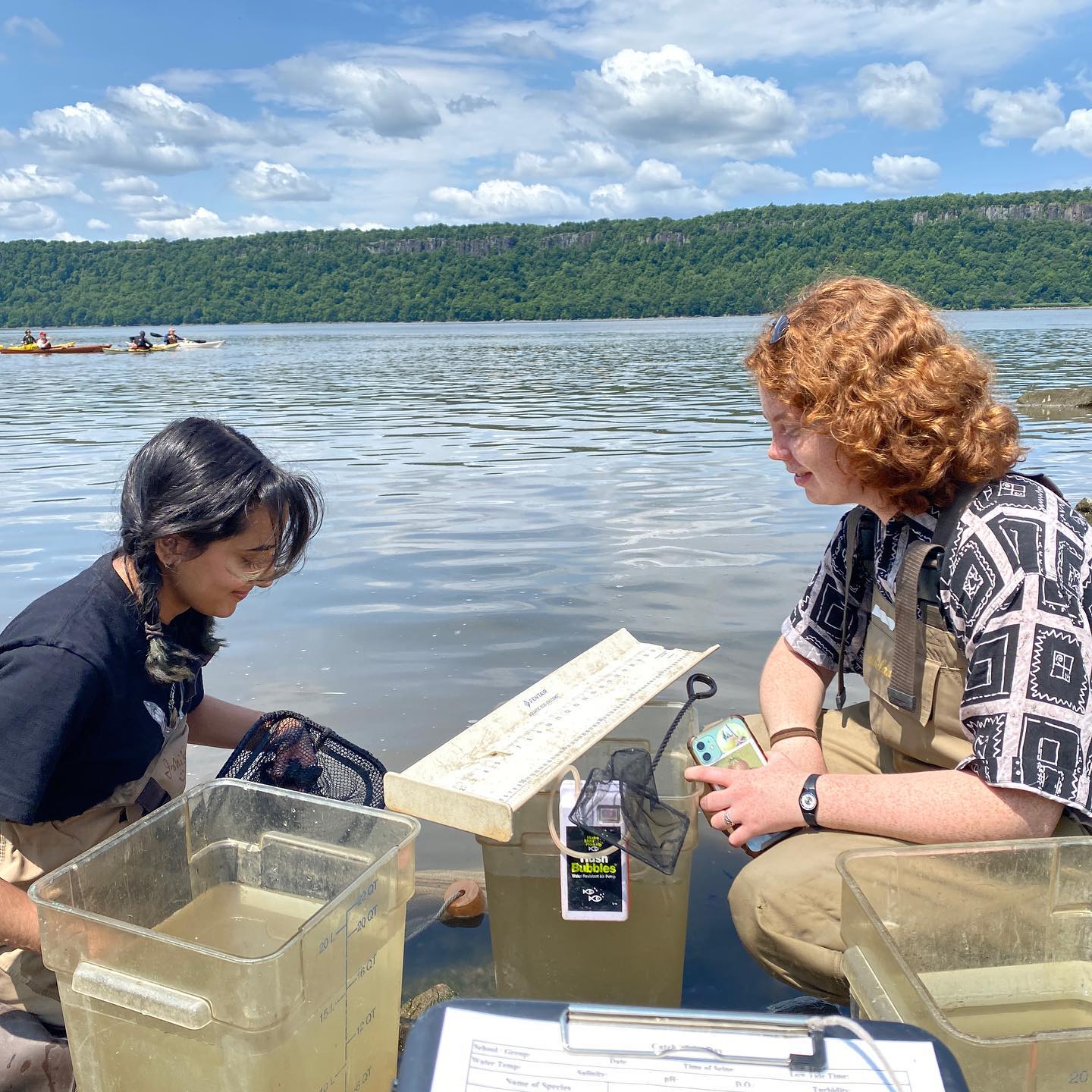
Today we celebrate World Fish Migration Day Lower Hudson Fish Count in partnership with @nysdec and @columbialamontearth!
Scroll through to see some of our interesting finds today.
If you can identify any of them, give us your thoughts in the comments below.
#nysgetoutdoorsday #wfmd #americaneel #hudsonriver

CURB staff and interns enjoyed a lovely outing at @untermyergardens! Our wonderful docent guided us through the history of the area and landscape design. We were truly fascinated with this Yonkers gem and hope to return soon!

What is seining? The act of seining is a form of fishing with a long net that scientists use to collect information about fish populations.
SLC CURB has been collecting fish population information via seining on the Hudson River for almost 18 years with the help of community members.
Our next FREE public seining program will take place on Saturday June 10, 2023 from 10am-12pm in celebration of World Fish Migration Day: Lower Hudson & Harbor Fish Count.
Anyone ages 5+ can participate in the seining activity - no prior experience required. Everyone is welcome to experience what is caught and learn about the Hudson River. All fishing materials are provided by SLC CURB.
This event is a first come, first served experience.
#seining #hudsonriver #worldfishmigrationday #wfmd #lowerhudsonandharborfishcount
The turtles at our center are some of the biggest stars of our programming. Students and visitors explore and make observations as they visit each of the different tanks that our turtles call home. We currently host 3 different species of turtle including Diamondback Terrapin, Snapping Turtle and Red-eared Slider. Our tanks are maintained by staff, interns and volunteers! We welcome you to visit our turtles - they love being read to, meeting new persons and teaching visitors about their species.
Who has your vote as the cutest turtle? 🐢
Celebratory #worldturtleday everyone!
During Yonkers Arts Weekend, the Theodore D. Young Community Center Adult Acting Workshop's "Little Blue Room Theater Company" transformed CURB into a stage.
This years "Scenes, Monologues and Poetry," directed by SLC alum Paul Kwame Johnson, included works by David Mamet, Paul Lawrence Dunbar and Martin Luther King Jr.
We thank everyone for attending this amazing production and look forward to inviting you to the next performance!
#YAW #yonkers #theater #hudsonriver
This weekend, we celebrate Yonkers Arts Weekend with a free performance at the center by the Little Blue Room Theater Ensemble from the Theodore D Young Community Center.
Doors open to attendees at 1:30pm. Show begins at 2:00pm.
We cannot wait to see you!
.....
The SLC Theatre Program and the SLC Theatre & Civic Engagement Program present:
A SLC Yonkers Arts Weekend Event at CURB
A TRIBUTE TO BLACK THEATRE - Scenes, Monologues, and Poetry
Directed by SLC BA and MFA alum Paul Kwame Johnson
Featuring The Little Blue Room Theatre Ensemble of the Theodore D. Young Community Center in Greenburgh, New York
Running time: 60 minutes
CURB, 35 ALEXANDER STREET, YONKERS
#yonkersartsweekend #yaw #theater #yonkers
Thank you to all who joined us on Earth Day for our story slam🌎We heard many stories from both SLC and community members through poetry, anecdotes, and even a song!
Marilyn Torres, our emcee, kicked off the event with a piece of her own about how a hurricane affected her home of Puerto Rico. Curtis Zunigha, Co-Director of The Lenape Center, shared three traditional stories. The finale was participating in a Lenape bean dance outside in the park!
Thank you to the @slc_childdevelopmentinstitute for hosting a CAPE during our event.
Thank you to the @mellonfoundation for supporting this event.
It’s sampling season!! CURB is going into its 8th year of monitoring and conducting research on sewage contamination in the Saw Mill River. Our science coordinator, Katie, has been organizing the materials for our community scientists to collect water samples biweekly until October. The samples are analyzed at our lab and reported to Yonkers residents, municipal staff and elected officials. This research would not be possible without the support of our community scientist volunteers.
We are still looking for a sampler to collect in Yonkers!!! Please DM if interested
#communityscientist
#waterqualitymonitoring
On Saturday May 6 (9am-12pm), CURB will be a participating site in the annual Riverkeeper Sweep along our waterfront at Habirshaw Park!
Participants of all ages can help support our waterfront and Hudson River by removing litter that has washed up along our shoreline.
@Riverkeeper will provide adults ages 21+ a gifted voucher redeemable at a partnering brewery as a thank you for your participation in the days events!
Registration for this event can be found in our bio linktree. All materials provided on site. For any additional inquiry, please email JMuller@sarahlawrence.edu
#riverkeepersweep #hudsonriver #environment #earthday
